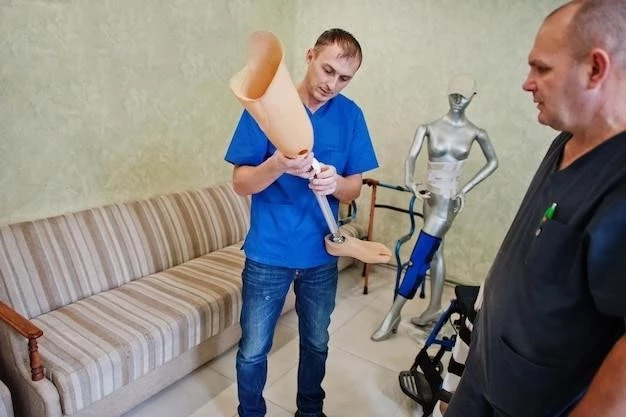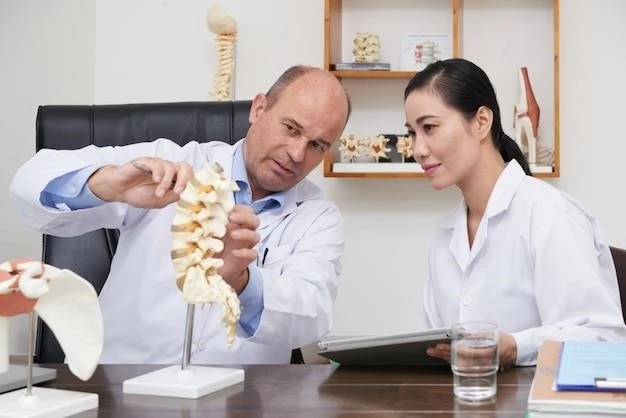Managing Epicondylitis
Epicondylitis, also known as tennis or golfer’s elbow, can be managed effectively with a combination of rest, physical therapy, corticosteroid injections, and wearing a brace. Stretching exercises can help reduce inflammation and improve flexibility in the affected area. Seeking treatment early and following through with a comprehensive plan can lead to successful recovery.
Understanding Epicondylitis
Epicondylitis refers to the inflammation of the tendons that connect the forearm muscles to the elbow. The two main types are lateral epicondylitis (tennis elbow) and medial epicondylitis (golfer’s elbow). Common in athletes and individuals who engage in repetitive arm movements, epicondylitis can also develop from everyday activities. Understanding the specific type of epicondylitis you have is essential for effective treatment. Consult with a healthcare professional to diagnose and differentiate between lateral and medial epicondylitis. Knowing the underlying cause and affected area will guide your treatment plan and rehabilitation process. Epicondylitis can cause pain, tenderness, and limited range of motion in the elbow, impacting daily activities. Educating yourself about the condition can empower you to make informed decisions about your health and recovery. Stay proactive in managing epicondylitis by seeking professional medical advice and following recommended treatment strategies to alleviate symptoms and prevent further complications.
Symptoms and Causes
Epicondylitis presents with symptoms such as elbow pain that may radiate down the forearm, tenderness on the bony bump on the outer or inner side of the elbow, and weakened grip strength. Causes of epicondylitis include repetitive gripping and twisting motions, improper technique during sports or work activities, and overuse of the forearm muscles. Understanding the symptoms and causes can help you identify risk factors and make necessary lifestyle adjustments to prevent worsening the condition. If you experience persistent elbow pain or discomfort, consult a healthcare provider for a proper diagnosis and personalized treatment plan. Early intervention and addressing the underlying causes of epicondylitis are crucial for successful management and recovery. Avoid activities that exacerbate symptoms and incorporate ergonomic changes in your daily routine to reduce strain on the affected tendons. By recognizing the symptoms and causes of epicondylitis, you can take proactive steps to improve your elbow health and overall well-being.
Diagnosis
Diagnosing epicondylitis typically involves a thorough physical examination to assess the range of motion, tenderness, and strength in the affected elbow. Your healthcare provider may also recommend imaging tests such as an X-ray or MRI to rule out other conditions or confirm the diagnosis. It is essential to provide detailed information about your symptoms, medical history, and any activities that may have contributed to the development of epicondylitis. Be proactive in discussing your concerns and asking questions to ensure a comprehensive evaluation. Early diagnosis of epicondylitis is key to initiating timely treatment and preventing further complications. If you suspect you have epicondylitis due to persistent elbow pain or discomfort, seek professional medical advice for an accurate diagnosis and tailored management plan. Collaborating with healthcare professionals can help you achieve an accurate diagnosis and receive appropriate care to address your specific needs.
Treatment Options

Effective treatment options for epicondylitis include a combination of rest, physical therapy, corticosteroid injections, and wearing a brace to support the affected elbow. Resting the elbow and avoiding activities that exacerbate symptoms can help reduce inflammation and promote healing. Physical therapy exercises focusing on stretching and strengthening the forearm muscles can improve flexibility and alleviate pain. Corticosteroid injections may be recommended to reduce inflammation and provide temporary relief. Wearing a brace can help stabilize the elbow joint and prevent further strain during daily activities. It is essential to follow the treatment plan prescribed by your healthcare provider and attend scheduled therapy sessions to maximize recovery outcomes. Discuss any concerns or challenges you may face during treatment to adjust the plan accordingly. By exploring various treatment options and actively participating in your recovery, you can effectively manage epicondylitis and regain strength and function in your elbow.
Rehabilitation and Prevention
Rehabilitation for epicondylitis involves a structured program of progressive exercises to restore strength, flexibility, and function in the affected elbow. Physical therapy sessions can help you gradually reintroduce activities, improve muscle coordination, and prevent future injury. Consistent stretching exercises targeting the forearm muscles and tendons can enhance mobility and reduce the risk of recurrence. Additionally, practicing proper ergonomic techniques during work or sports activities is essential for preventing strain on the elbow joint. Maintaining good overall conditioning through regular exercise and avoiding repetitive movements that stress the elbow can help prevent the development of epicondylitis. Be proactive in implementing preventive measures such as using proper equipment, warming up before physical activity, and taking breaks to rest the arms. By prioritizing rehabilitation and preventive strategies, you can safeguard your elbow health and minimize the impact of epicondylitis on your daily life.
Lifestyle Changes and Outlook
Making lifestyle changes can positively impact your outlook while managing epicondylitis. Incorporate ergonomic adjustments in your work or daily activities to reduce strain on the elbow joint. Engage in regular stretching exercises to maintain flexibility and prevent stiffness. Adhering to a balanced diet and staying hydrated can support overall joint health and aid in the recovery process. It is essential to listen to your body and avoid activities that aggravate symptoms to prevent setbacks in your recovery journey. Stay consistent with your rehabilitation exercises and follow-up appointments to monitor progress and address any concerns. Maintaining a positive outlook and staying committed to your treatment plan can improve outcomes and enhance your overall quality of life. Embrace the opportunity for personal growth through the challenges posed by epicondylitis, and remember that with dedication and persistence, you can overcome obstacles and build resilience in the face of adversity.
